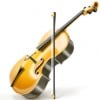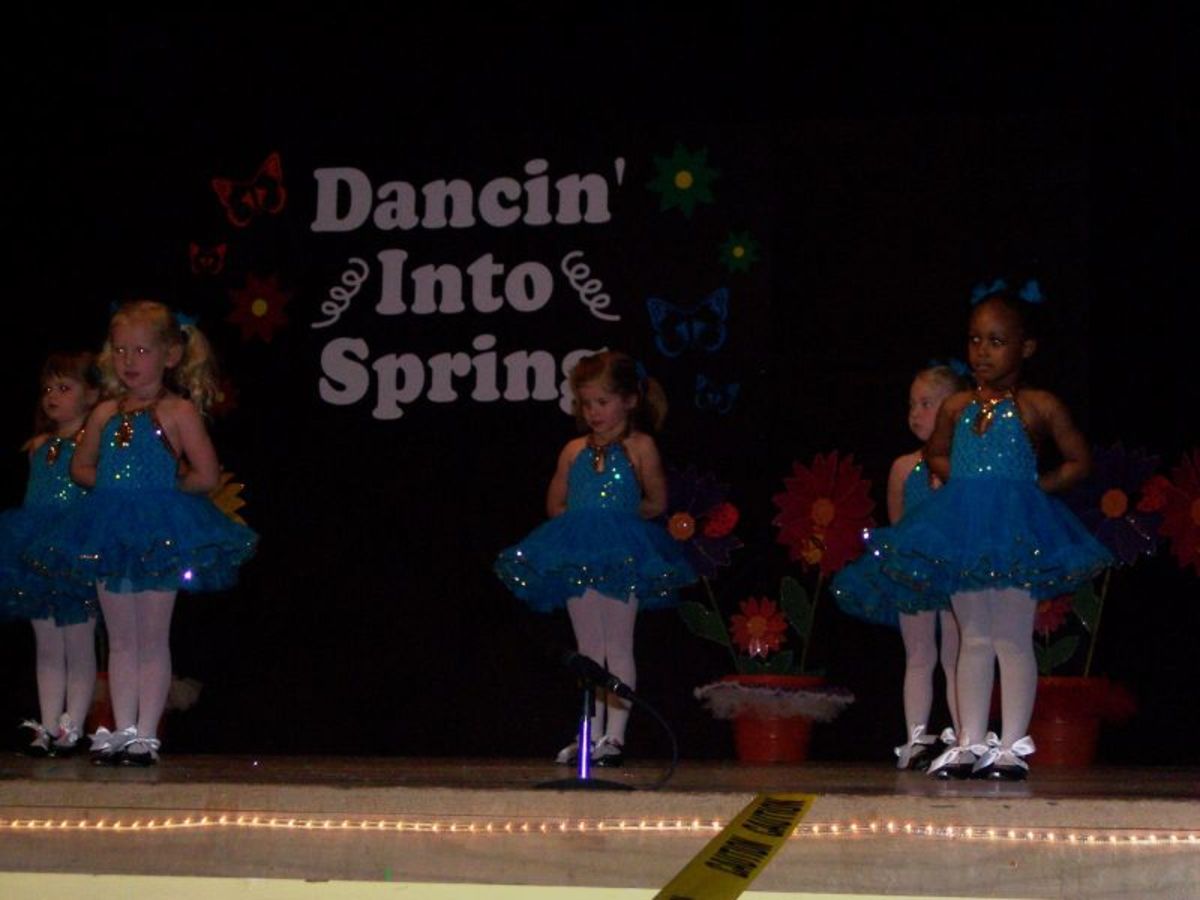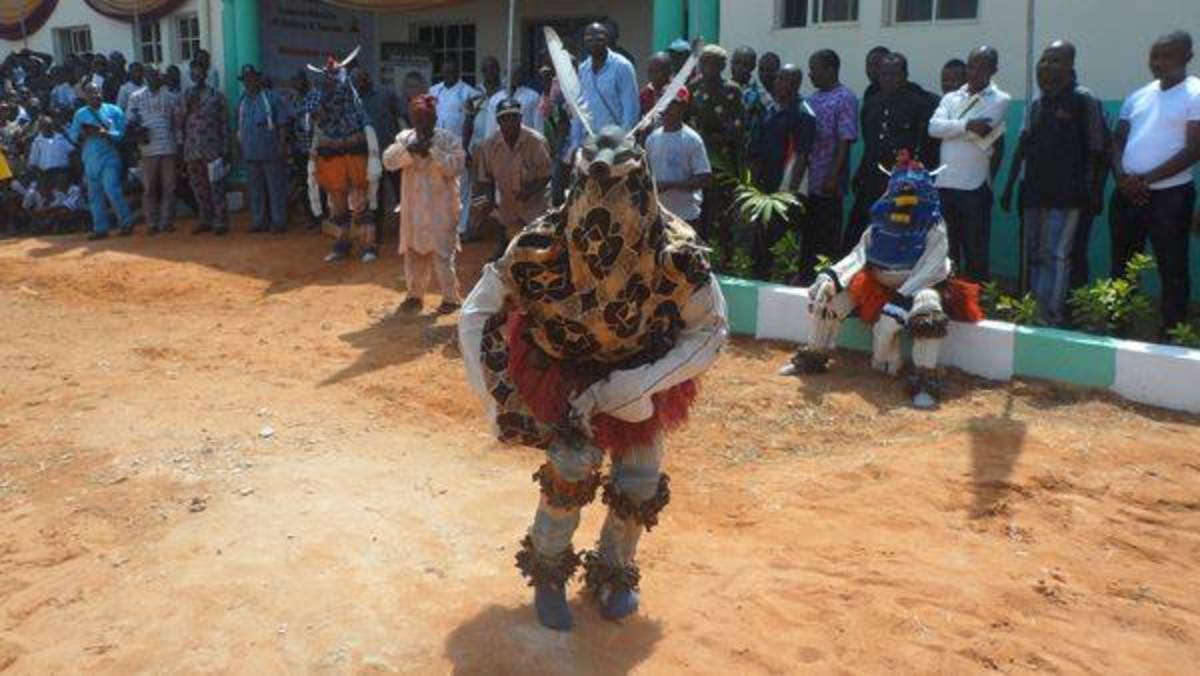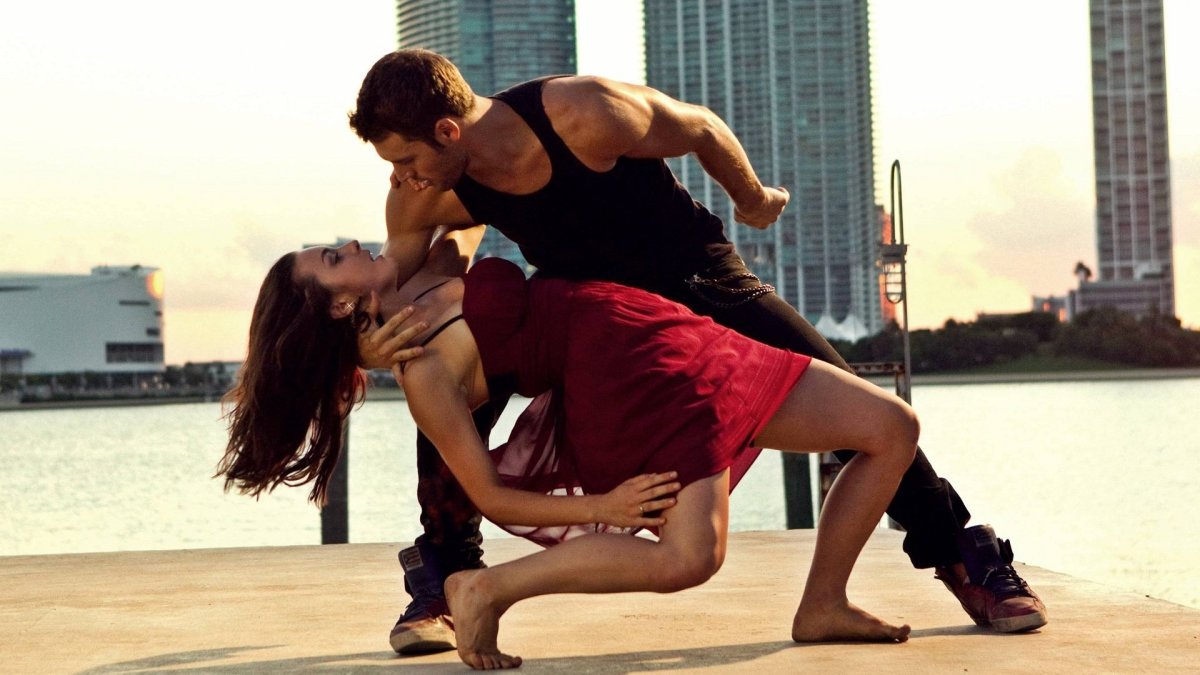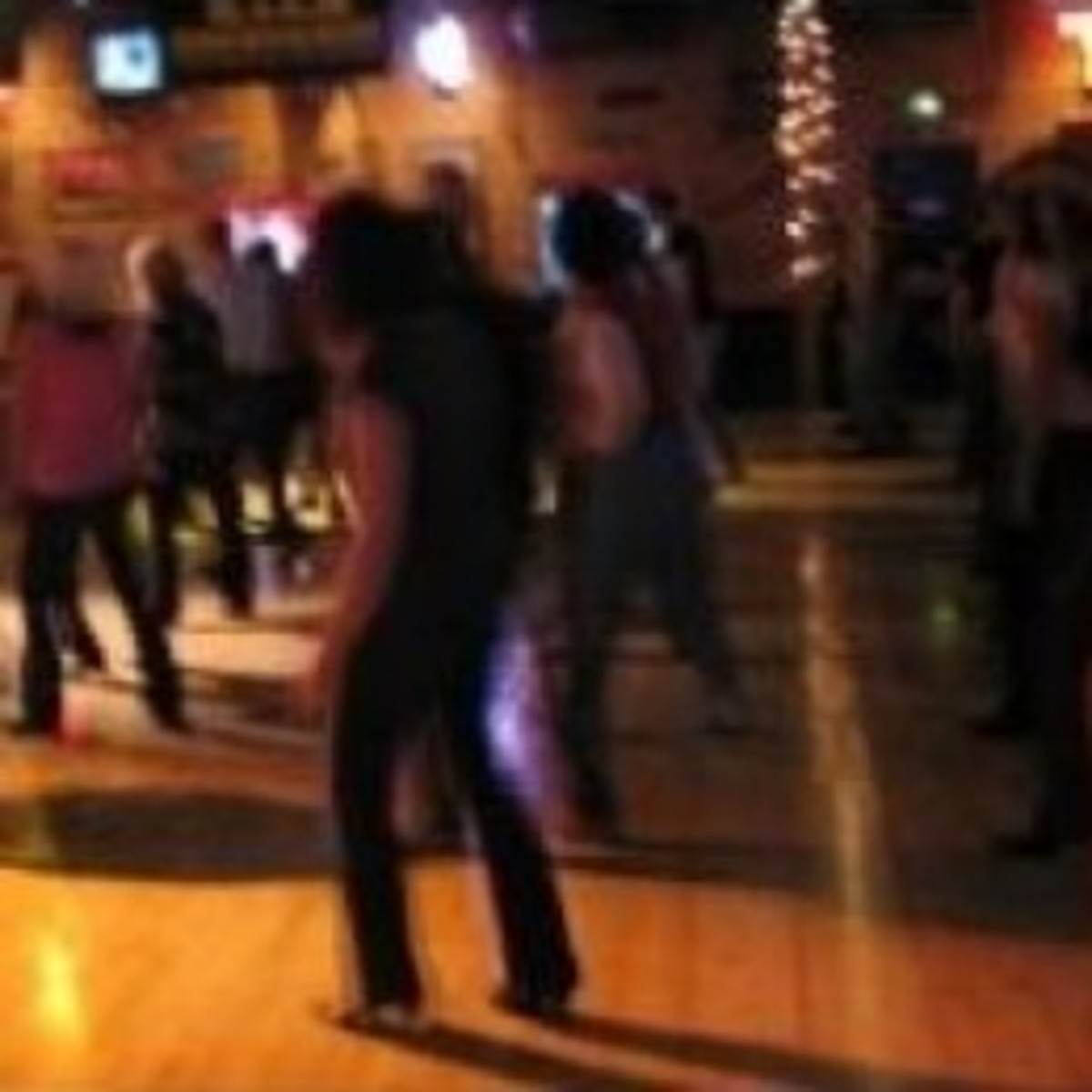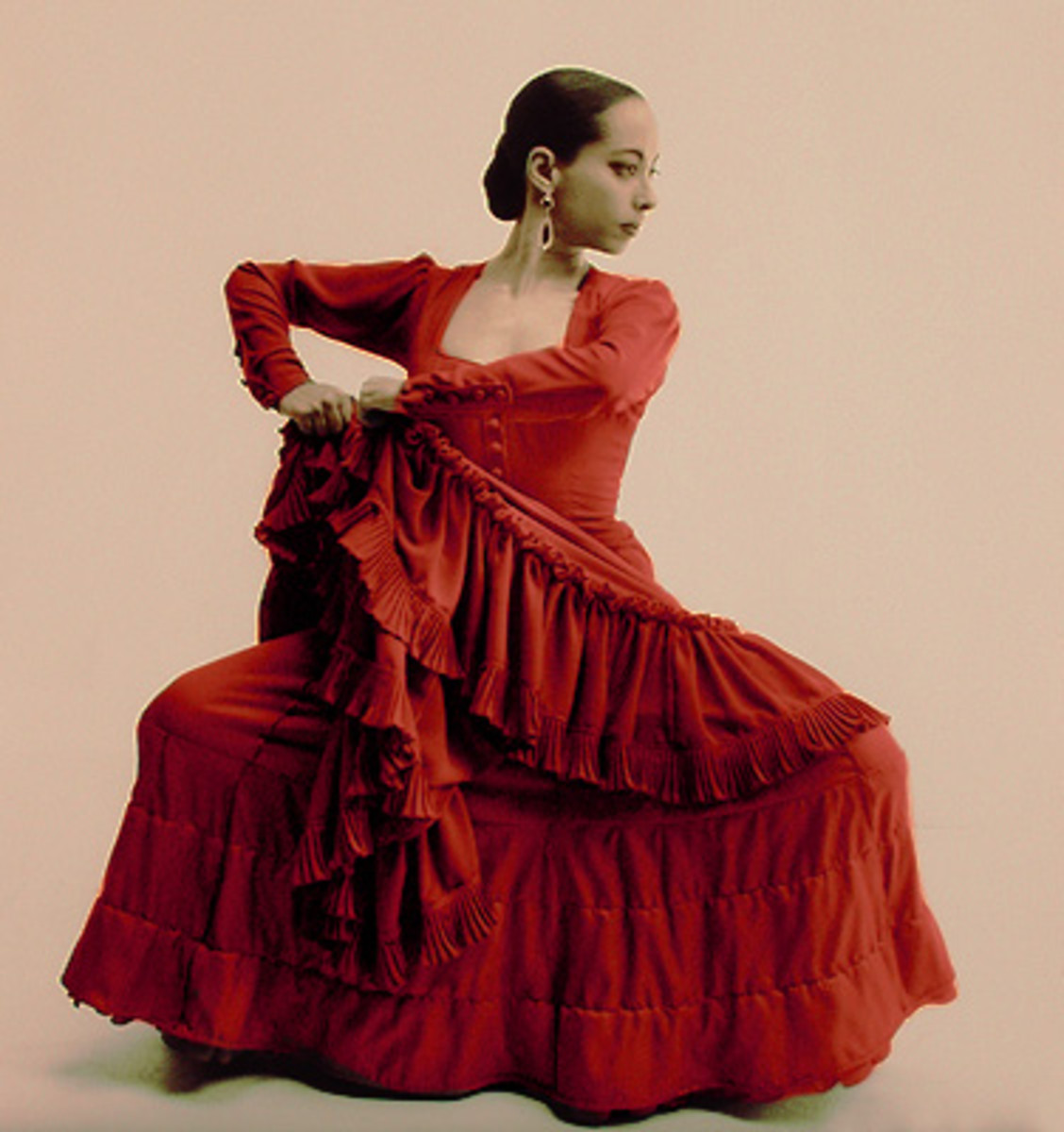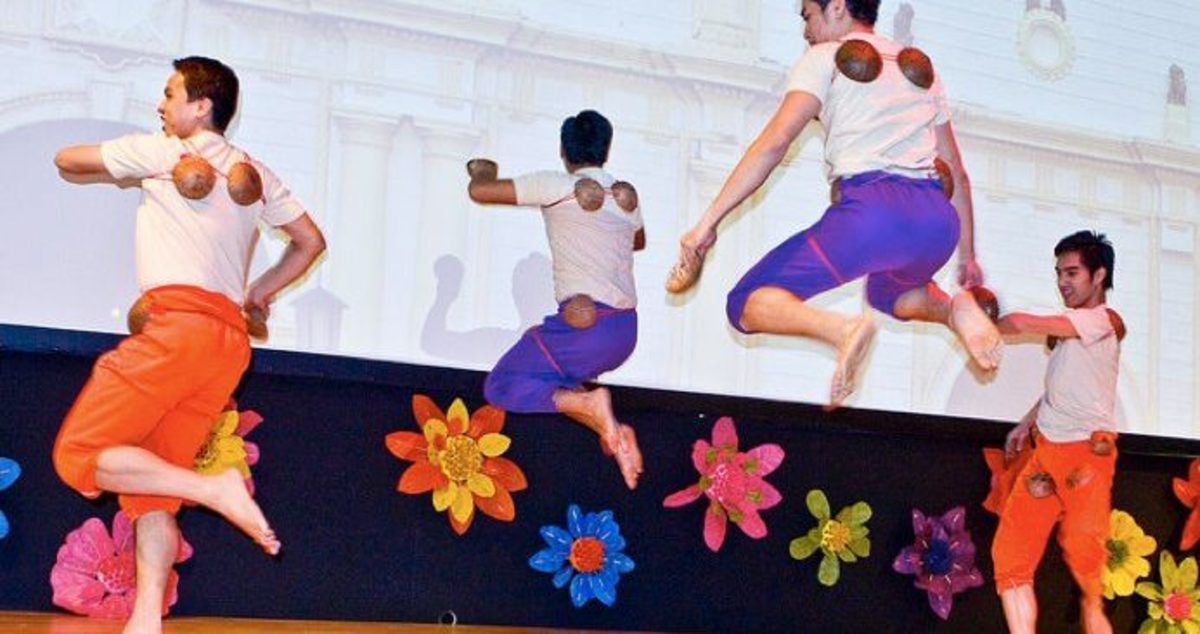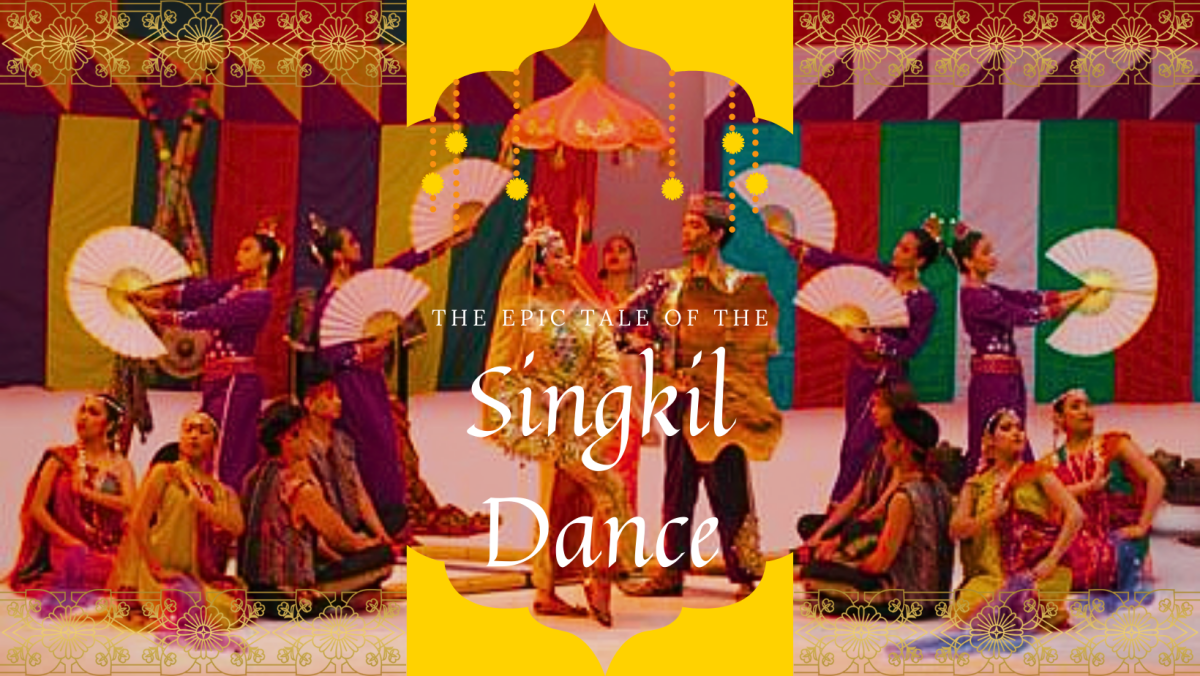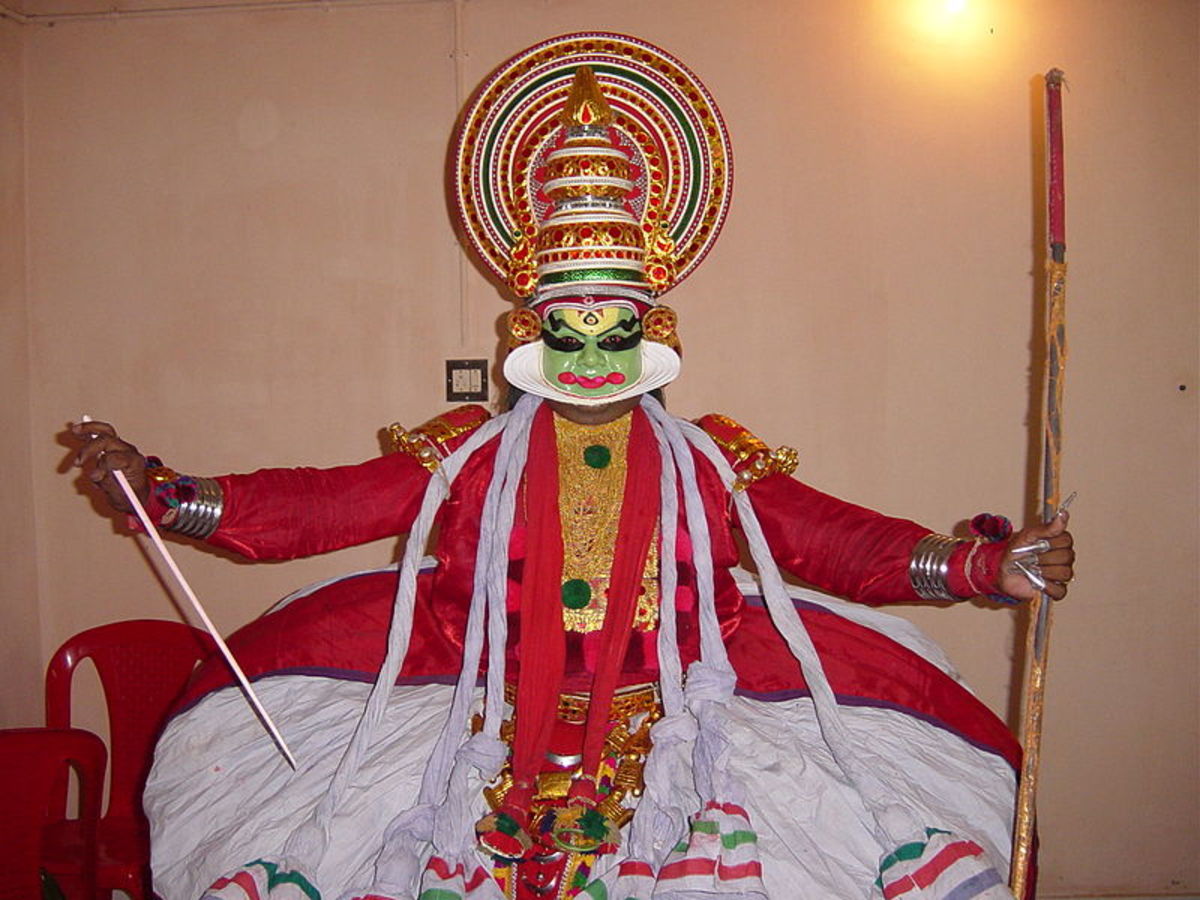English and Scottish Sword Dances
The Handsworth Sword Dancers
What is Sword Dancing?
Most people are only familiar with one type of sword dancing in Britain - Scottish Highland sword dancing. As impressive as that is, it's not the only kind of sword dancing in Britain. There are at least two other types, both of which are completely different from the Scottish variety. These are Yorkshire long sword dancing and Northumbrian rapper dancing.
Yorkshire Long Sword Dancing
The video above shows the Handsworth Sword Dancers from Sheffield, West Yorkshire, carrying out their traditional dance, which they also perform each year on Boxing Day in their home town. Each town which engages in sword dancing has its own unique dance. The dance is performed by six people, plus from one to three musicians.
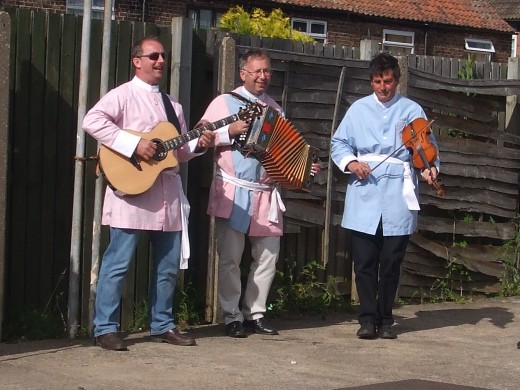
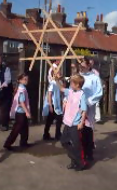
The swords form part of the dance, often with two dancers holding opposite ends, and at some point in the dance all six swords are always fixed into a star-shaped lock.
How old is sword dancing? The first specific reference in print to the Yorkshire variety appeared in the early 1700s. It's believed the dance was kept alive by the men working in the steel and mining industries, who came to the cities from the countryside to work in the new factories, bringing traditional dances with them. But dancing with swords is far older than that: It goes back to medieval days, or possibly even further, to pre-Christian pagan ritual.
Ancient Origins
In the early eighteenth century, sword dancing was only part of the show. It would be incorporated in a dramatic performance similar to a medieval mummers play, which included mock battles and sword fights, and always ended with someone, usually a king or leader, being killed and subsequently brought back to life, often by a doctor portrayed as a comic character. Only the sword dance from the town of Greatham, just across the border from Yorkshire in County Durham, today retains the original mummers play as part of the performance.
While it was possibly an allusion to Christianity, the image of the man who dies and is ressurrected can also be found in the ancient pagan, or Druid, tradition of "The Green Man", a supernatural being who represents nature, the earth's vegetation. Whenever he is killed, he springs back ever stronger. There is also a vestige of this ancient element in the dance performed by the Sheffield Grenoside team, in which their leader is symbolically beheaded by his fellow dancers.
In this dance, the locked swords are placed over the head of the unfortunate troupe leader, who is 'beheaded' when the others suddenly pull their swords away.
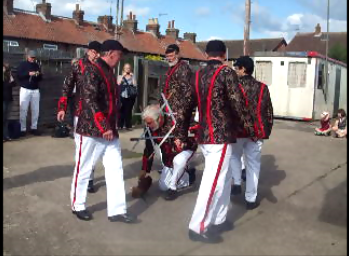
The Industrial Influence
Grenoside's dance has a militaristic, rather than rustic, flavor, and it is clear that the dance changed along with the world around it. Grenoside's dancers march down the road to the scene set for the dance like soldiers bracing to face Napoleon.
However, they wouldn't have got far with Bonaparte with the swords used in the dance. These aren't really swords at all. They are long, flat rectangles of steel, in shape more like a file than a sword. Sheffield was for centuries the center of the steel industry, and the local file-makers may well have used their own products in lieu of swords. That enabled the dance to develop as it has - real swords can't be held at both ends. The Flamborough Sword Dancers, coming from a fishing and seafaring rather than an industrial tradition, use wooden, rather than metal, swords.
This creates a problem for scholars who want to uncover the origins of everything in a folk tradition. A folk song or dance doesn't just come from the period it was first performed, but from all the times in between as well.
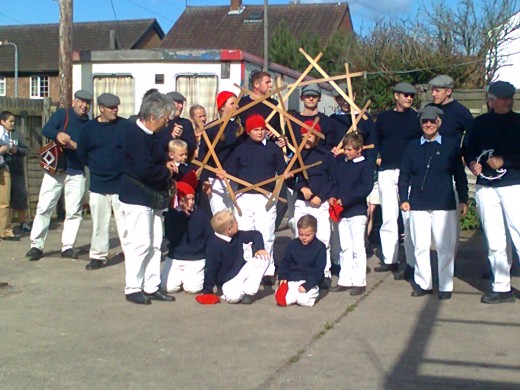
The Rapper Dance
No, 50 Cent never did this dance. The rapper is the name of the short, flexible sword which is used in the dance. It has wooden handles at both ends. A rapper was originally a tool used in the coal mines to clean the coats of the pit ponies. It was drawn down the animal's back, gathering up all the coal dust and grime clogging up its hair.
In the dance, each sword is held between two different dancers, so all five dancers in a rapper team are connected together by the swords. This makes it a very social dance, demanding closeness and co-ordination. It's basically a lot of fun.
The dance is said to have started in coal-mining communities in the mid nineteenth century. Rapper dancing is energetic and exhuberant and often accompanied by a clownish sense of humor. Dancing to the sound of a fast fiddle must have felt like joyous freedom compared to the backbreaking work in the cramped, dark conditions of the coal mines. Its happy vibe made it appeal to others beyond its original home. Interestingly, it not only found its way around the UK, it also became popular in the United States, where rapper dance groups thrive to this day.
Every year a rapper dance tournament is held in Newcastle. American teams travel over to compete with the locals. These include the remarkable high-school aged Candyrapper from Boston, Massachusetts, who in 2012 came third in the stage dance contest, beating most of the local adult teams.
U.S. Candy Rapper Dance Team in 2010
The Highland Sword Dance and the MacBeth Connection
The Highland sword dance is unique in Britain, being danced over actual swords on toe-point and to the sound of the bagpipes. Its origins are said to be in the days of MacBeth, the subject of Shakespeare's play.
MacBeth murdered King Duncan in 1040 A.D. and seized the Scottish throne. Duncan’s son, Malcolm, fled to France. Later Malcolm returned and defeated MacBeth’s army at the Battle of Dunsinane. In the play, that’s where it ended. In reality there was a further battle at Lamphanan, in which Malcolm killed Macbeth, finally avenging his father’s murder and regaining the throne. He is said to have been so jubilant that he crossed his own sword with that of the slain MacBeth and performed a victory dance.
It became a tradition to perform the dance prior to battle. The dancer had to avoid touching the swords; if he achieved this, it signalled a victory. If the dancer knocked or moved the swords while dancing, it was considered an ill omen for the battle. Since they were real swords, it probably wouldn’t have been much fun for the dancer, either.
The dance demands great dexterity and skill, and at exhibitions and contests dancers revel in the speed at which they can perform the moves, narrowly escaping injury. It can be breathtaking to watch, but perhaps not quite so easy to join in with. .
